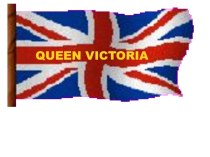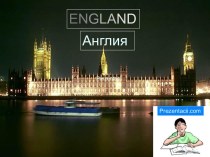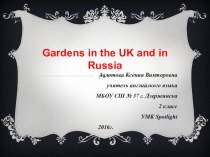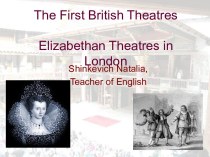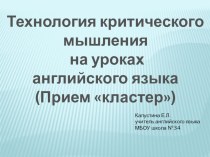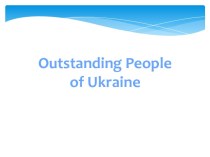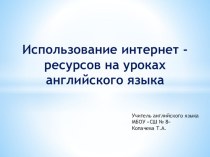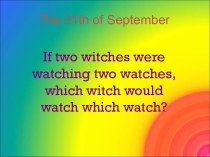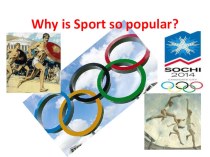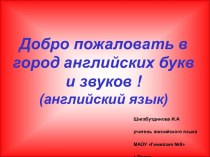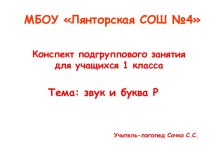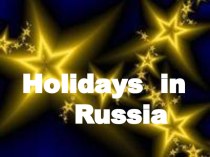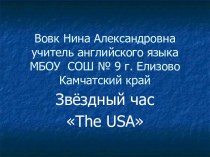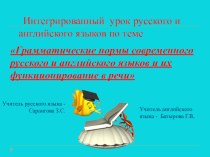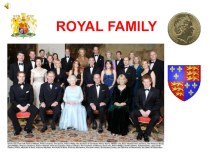- Главная
- Разное
- Бизнес и предпринимательство
- Образование
- Развлечения
- Государство
- Спорт
- Графика
- Культурология
- Еда и кулинария
- Лингвистика
- Религиоведение
- Черчение
- Физкультура
- ИЗО
- Психология
- Социология
- Английский язык
- Астрономия
- Алгебра
- Биология
- География
- Геометрия
- Детские презентации
- Информатика
- История
- Литература
- Маркетинг
- Математика
- Медицина
- Менеджмент
- Музыка
- МХК
- Немецкий язык
- ОБЖ
- Обществознание
- Окружающий мир
- Педагогика
- Русский язык
- Технология
- Физика
- Философия
- Химия
- Шаблоны, картинки для презентаций
- Экология
- Экономика
- Юриспруденция
Что такое findslide.org?
FindSlide.org - это сайт презентаций, докладов, шаблонов в формате PowerPoint.
Обратная связь
Email: Нажмите что бы посмотреть
Презентация на тему The city of USA - Boston
Содержание
- 2. The city dates its beginning from Sept.
- 3. Irish immigrants began to arrive in Boston
- 4. Recreation for Boston's residents ranges from dog
- 5. Finance is a service industry in which
- 6. In the late 19th century, Boston's culture
- 7. Within the city proper, more people are
- 8. Скачать презентацию
- 9. Похожие презентации
The city dates its beginning from Sept. 17, 1630, when it was named Boston after a town in Lincolnshire, England, the original home of many of the Puritan leaders. In 1632 it was made the capital
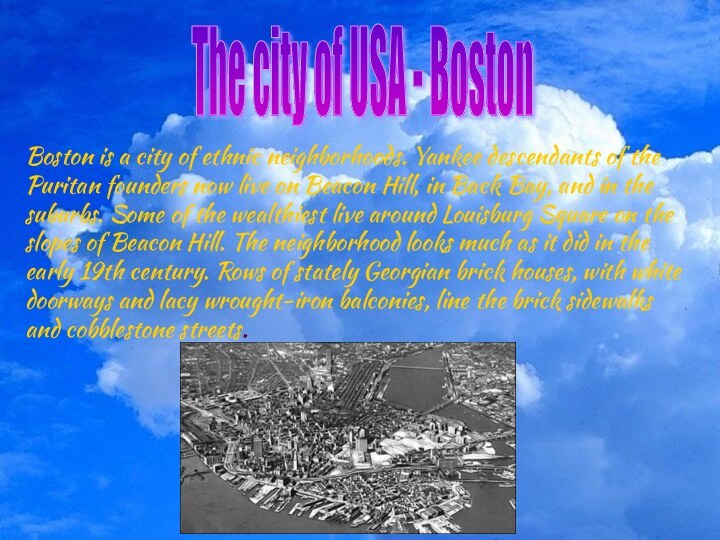
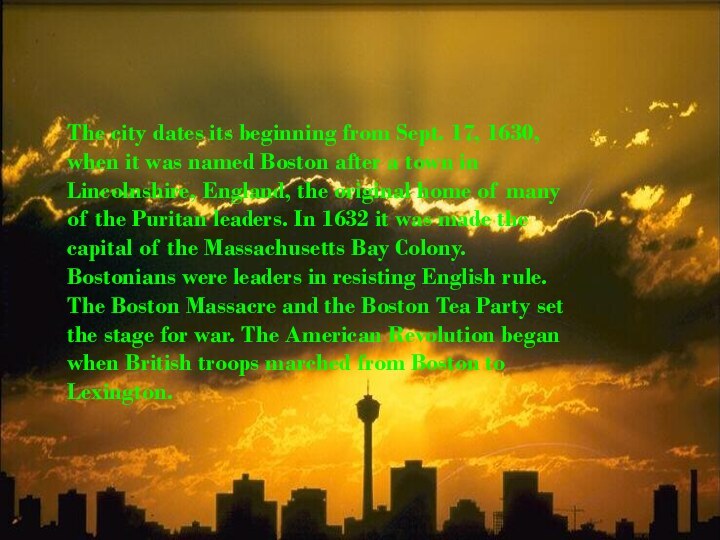
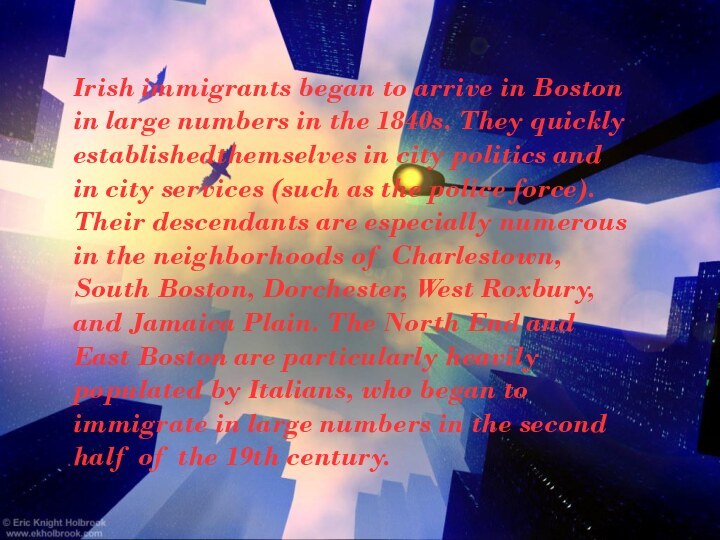
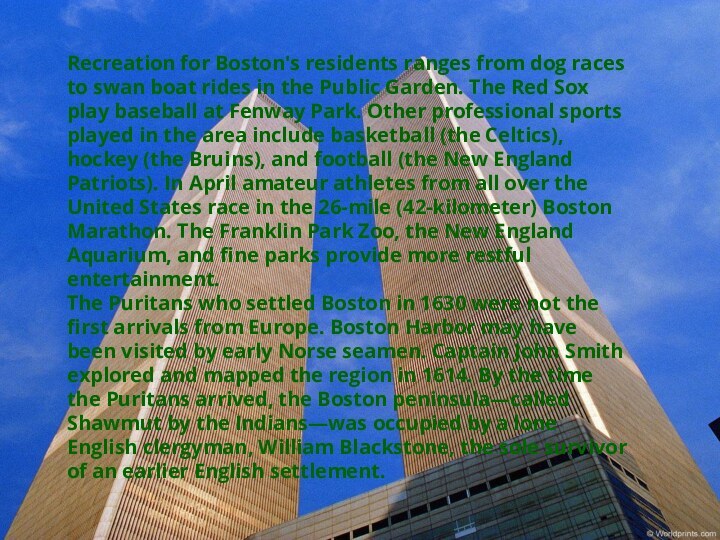
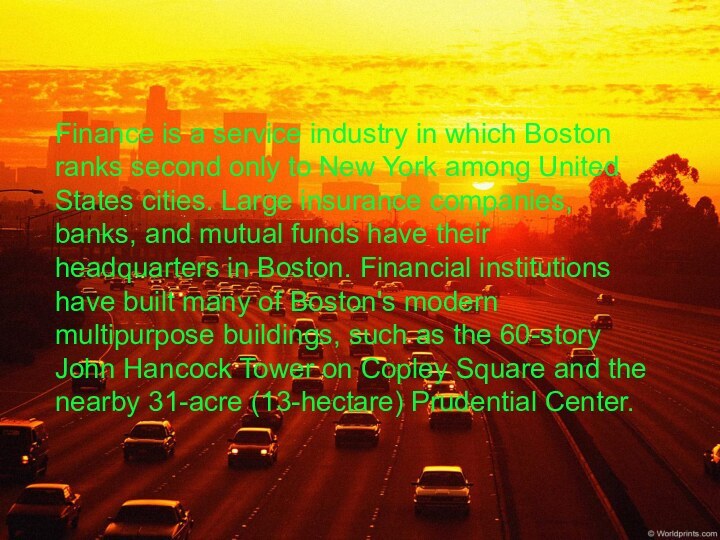
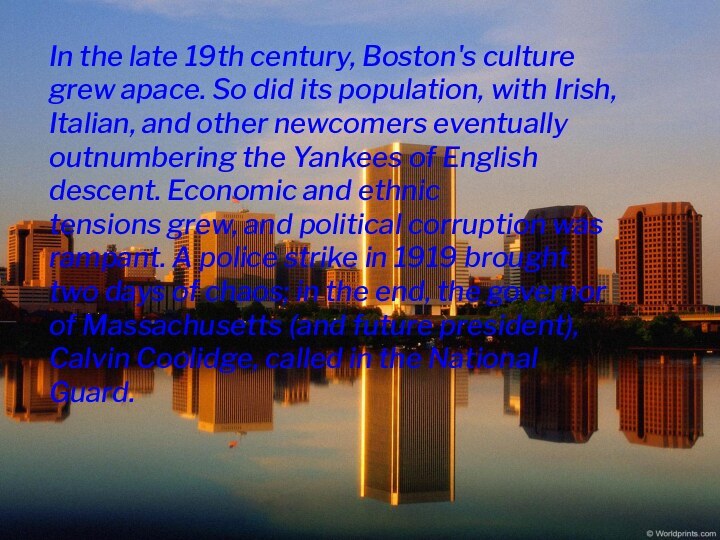
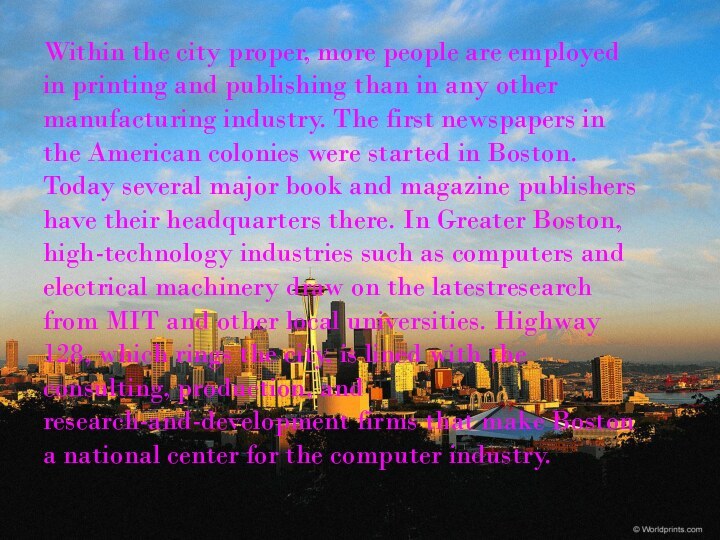
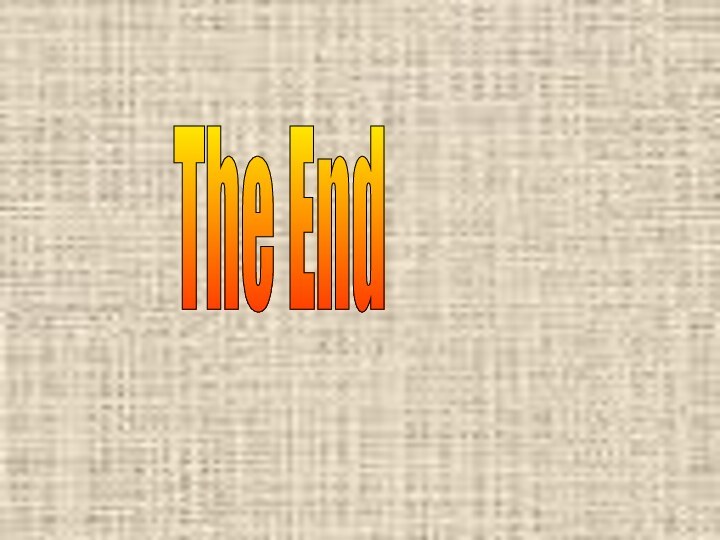
Слайд 3 Irish immigrants began to arrive in Boston in
large numbers in the 1840s. They quickly establishedthemselves in
city politics and in city services (such as the police force). Their descendants are especially numerous in the neighborhoods of Charlestown, South Boston, Dorchester, West Roxbury, and Jamaica Plain. The North End and East Boston are particularly heavily populated by Italians, who began to immigrate in large numbers in the second half of the 19th century.Слайд 4 Recreation for Boston's residents ranges from dog races
to swan boat rides in the Public Garden. The
Red Sox play baseball at Fenway Park. Other professional sports played in the area include basketball (the Celtics), hockey (the Bruins), and football (the New England Patriots). In April amateur athletes from all over the United States race in the 26-mile (42-kilometer) Boston Marathon. The Franklin Park Zoo, the New England Aquarium, and fine parks provide more restful entertainment.The Puritans who settled Boston in 1630 were not the first arrivals from Europe. Boston Harbor may have been visited by early Norse seamen. Captain John Smith explored and mapped the region in 1614. By the time the Puritans arrived, the Boston peninsula—called Shawmut by the Indians—was occupied by a lone English clergyman, William Blackstone, the sole survivor of an earlier English settlement.
Слайд 5
Finance is a service industry in which Boston
ranks second only to New York among United States
cities. Large insurance companies, banks, and mutual funds have their headquarters in Boston. Financial institutions have built many of Boston's modern multipurpose buildings, such as the 60-story John Hancock Tower on Copley Square and the nearby 31-acre (13-hectare) Prudential Center.Слайд 6 In the late 19th century, Boston's culture grew
apace. So did its population, with Irish, Italian, and
other newcomers eventually outnumbering the Yankees of English descent. Economic and ethnictensions grew, and political corruption was rampant. A police strike in 1919 brought two days of chaos; in the end, the governor of Massachusetts (and future president), Calvin Coolidge, called in the National Guard.

